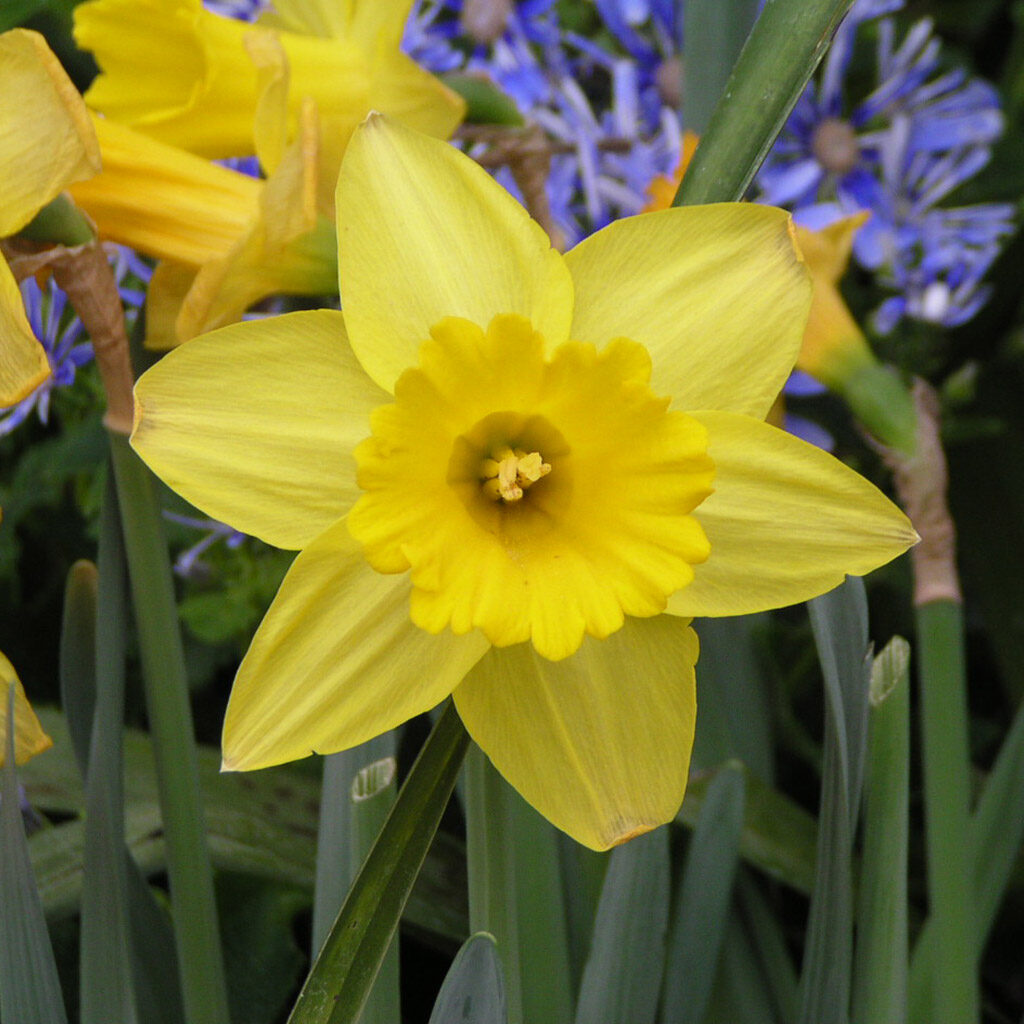There are so many reasons to plant daffodils. The obvious, of course, is for their beauty. What would any spring landscape be without daffodils! And let’s not forget about those we cut to enjoy indoors.
There are other incentives to planting daffodils: the squirrels don’t like them (imagine planting dozens of tulip bulbs with the squirrels at your feet digging them up). Perhaps the biggest plus—daffodils naturalize. Translation: the bulbs multiply and take up residence in your landscape.

Daffodils are known to be good naturalizers. Not all bulbs naturalize; certainly not tulips. Good gardeners know that you must plant new tulip bulbs every few years as the quality and uniformity of the flowers decline; and you need to be a step ahead of pesky squirrels if you want to plant tulip bulbs. Consider using an animal repellent and/or chicken wire for protection. If you’re a tulip lover, it’s well worth the effort!

Daffodil dos and the don’ts: always buy quality bulbs—you might as well start out on the right foot; select locations that offer good soil drainage—wet areas can cause bulbs to rot and die; avoid areas that are too shady, which could result in weak flowering; best to plant more than you think you need—you’ll want to cut some for indoor enjoyment.

The biggest problem you might have: how do you decide which daffodils to plant? Be clever and select varieties that offer a sequence of bloom—early-, mid- or late-season blooming daffodils will give many weeks of color in the landscape.
Springing ahead, after you’ve enjoyed all their glorious blooms, allow daffodil foliage to ripen before it’s removed. If bulbs are planted in areas that are typically mowed, allow the foliage to mature (yellow). Removing foliage too soon interrupts the food manufacturing process; bulbs need to store food/energy for future flowers.
